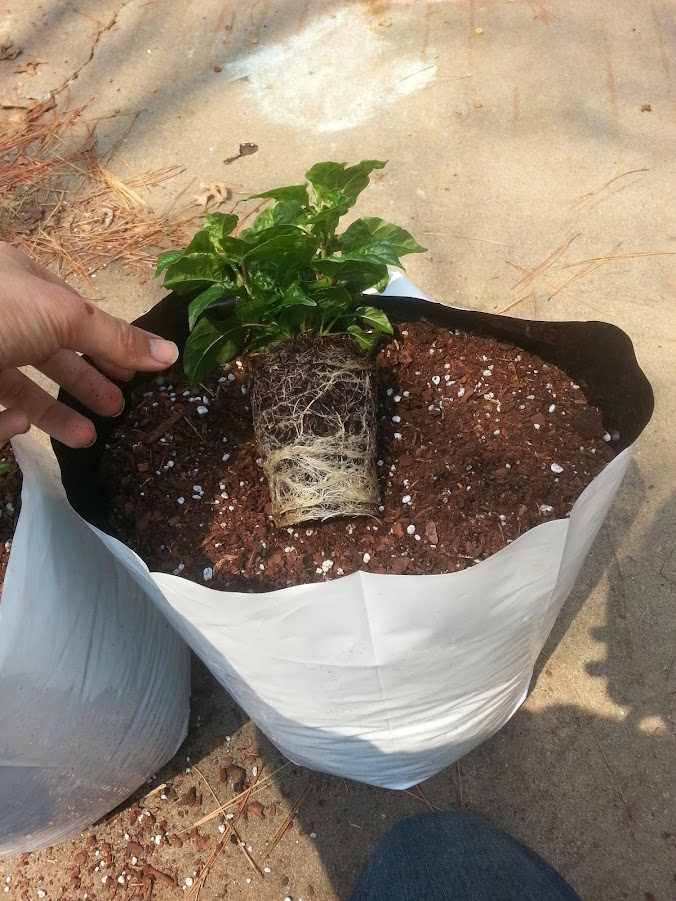If a plant gets root bound due to the size of a container, will it recover / spread its roots out once it is transplanted or does it kind of get trained? Need to decide between transplanting and loosing grow space or moving problem plants to low light area hoping to slow growth. Goal being to get to spring with the highest number of transplants ready to go outdoors, not to have mammoth indoor plants.
i grow sea of green, so when something gets too tall I lob off the top and make a clone. Problem is, some of the mama plants now have roots coming out the bottom of the containers despite being relatively short.
i grow sea of green, so when something gets too tall I lob off the top and make a clone. Problem is, some of the mama plants now have roots coming out the bottom of the containers despite being relatively short.

 RS beat me to it, so yea what he said.
RS beat me to it, so yea what he said.





